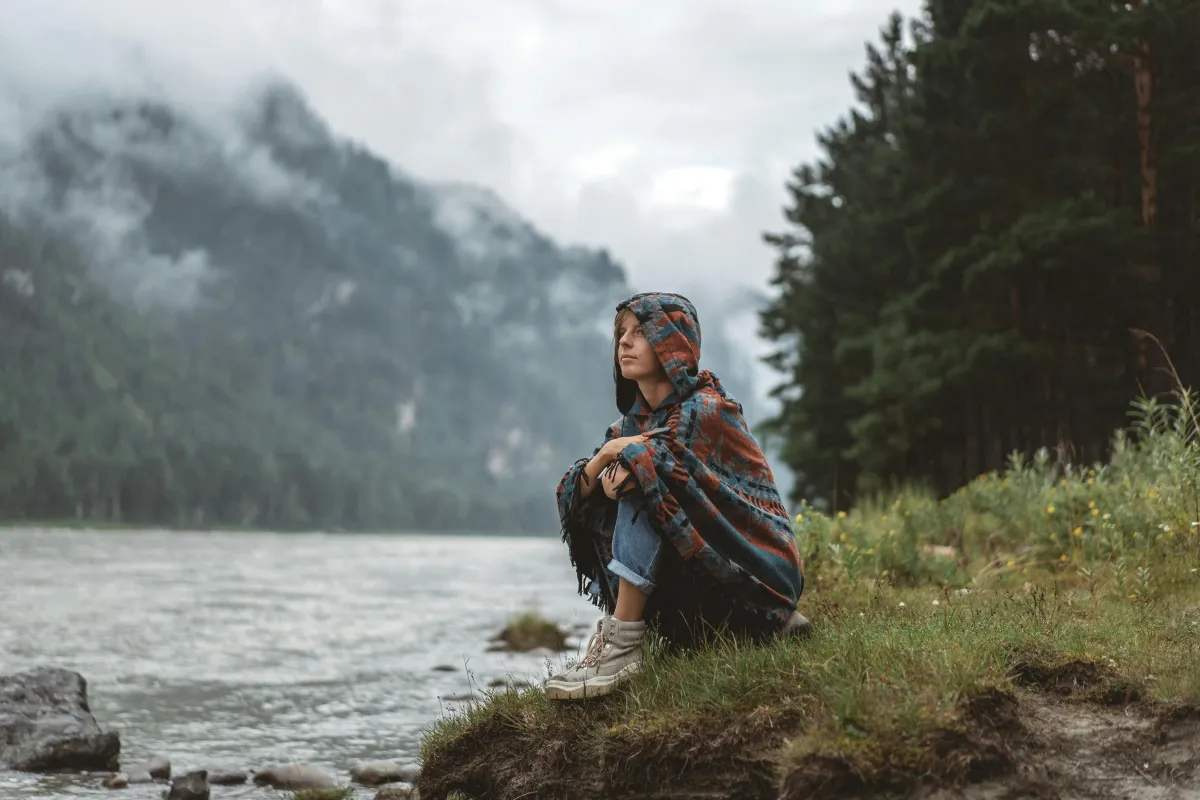Step into a world
of wellness.
Wellness inspired by the blue-zones of the world.
WHO WE ARE
BEYOND THE BLUE
Welcome to Beyond Blue Health, your compassionate guide to a well-lived life inspired by the remarkable blue zones of the world. Our inspirational wellness blog is dedicated to connecting people with the products and tips they need to enhance
their well-being and elevate their lives.
At Beyond Blue Health, we draw inspiration from the blue zones, regions known for their exceptional longevity and vibrant health. We believe that true wellness extends beyond physical fitness and encompasses emotional well-being, social connections, and a sense of purpose.
OUR MISSION
"Our mission is to curate a collection of products and tips that empower you to thrive in every aspect of your life. We believe in the power of compassion, and we carefully select and recommend products that are ethically sourced, sustainable, and align with our
values of holistic well-being."
Our Most Recent Posts

Why Your Body and Mind Crave Nature
For thousands of years, humans lived closely connected to the natural world. Forests, rivers, mountains, and open sky were part of daily life—not weekend escapes. While modern routines have pulled people indoors and into artificial environments, the human body and brain still respond deeply to natural surroundings.
This isn’t a poetic idea. It’s backed by science.
The Biophilia Effect: Why Nature Feels So Good
The term biophilia, introduced by biologist E.O. Wilson, refers to an innate human tendency to seek connections with nature. Studies continue to show that even a few minutes of exposure to green space can lower cortisol levels, reduce heart rate, and improve overall mood.
When the brain sees natural landscapes, it shifts out of the hyper-alert, high-stress state brought on by city sounds, screens, and crowded environments. In nature, the parasympathetic nervous system—the one responsible for rest and recovery—takes over. That shift allows the body to repair itself physically and mentally.
Green Spaces and Mental Performance
Research from Stanford University found that participants who walked through natural areas reported less rumination—the kind of repetitive, negative thinking associated with anxiety and depression—compared to those who walked in urban areas. Functional MRI scans even showed reduced activity in the part of the brain linked to mental illness.
In Japan, the practice of Shinrin-yoku (forest bathing) is a recognized preventive healthcare method. It involves no exercise or mindfulness training—just spending time in wooded areas. Results include improved sleep, lower blood pressure, and enhanced immune function.
Nature and the Physical Body
Outdoor environments often encourage low-impact physical movement—walking, stretching, climbing, or simply standing and observing. Natural light also plays a major role in regulating circadian rhythms, which impacts sleep quality and energy levels.
Getting outside doesn’t require intense hiking or camping trips. A 20-minute stroll in a quiet park or an hour reading under a tree can trigger physical improvements. Exposure to natural light boosts vitamin D production, which supports mood balance, immune function, and muscle health.
The Digital Disconnect
Many people spend upwards of 90% of their day indoors, often in front of screens. This overstimulation can lead to mental fatigue, irritability, and poor focus. Nature provides a sensory reset. Natural sounds, textured landscapes, and moving air give the brain something it rarely gets anymore: gentle stimulation without overload.
This is especially useful for those who practice yoga or mindfulness. Outdoor practice enhances sensory awareness and can deepen the connection to movement and breath.
If you’re looking for guided support in movement-based practices that encourage this mind-body reset, check out ULU Yoga. Their online programs offer nature-inspired training that can be done from anywhere—with a strong emphasis on grounding techniques and awareness of the body in space.
How to Bring More Nature Into Your Daily Life
You don’t need to live near a forest to benefit. Here are simple ways to stay connected to nature each day:
Open a window. Let in sunlight and fresh air whenever possible.
Take meetings outdoors. If you work from home, walk while taking calls.
Add green to your space. Houseplants, wooden materials, and natural textures offer calming effects.
Spend five minutes outside after waking up. Morning light helps reset your internal clock.
Eat outside. Even lunch on a balcony or doorstep can give your senses a break.
Small daily decisions to step outside—whether barefoot in grass or seated beneath a tree—can make a real difference. The body and brain are designed for these environments. When given access, they respond accordingly.
And when paired with intentional movement, breathwork, or yoga, the benefits compound. Programs like those from ULU Yoga help guide that connection, even if you're practicing from a city apartment or small backyard.
One or more of the links above are affiliate links, meaning, at no additional cost to you, we will earn a slight commission if you click through and make a purchase. Each of these products is chosen by a trusted member of our team.
Email: partnerships@beyondbluehealth.com
Site: www.beyondbluehealth.com
